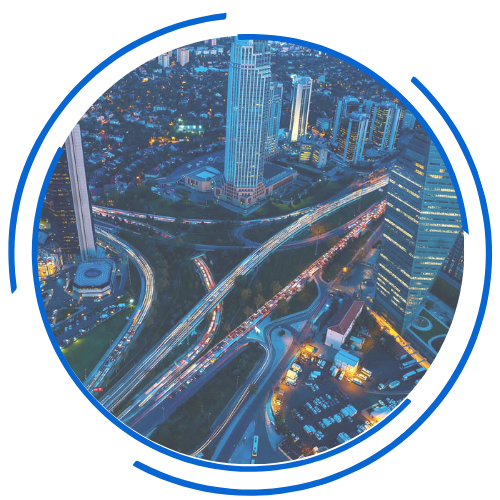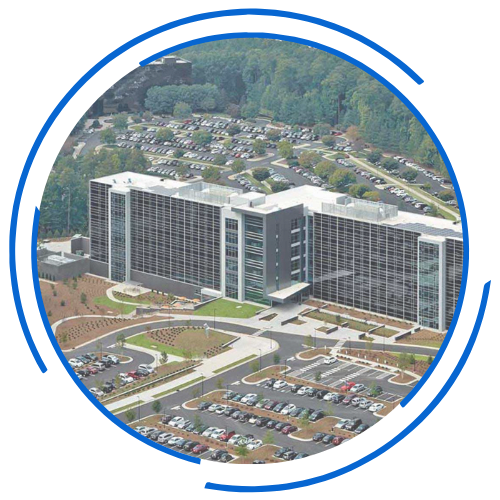
Urbanization is rapidly accelerating, allowing communities to grow with more access to services and technological advancements. However, this quick change in growth can present challenges as well, such as pollution and lack of infrastructure. Smart cities can support urbanization by offering innovative solutions with artificial intelligence (AI), the Internet of Things (IoT) and machine learning to mitigate environmental impact while enhancing the quality of life for millions. Join us as we visit the intersection of sustainability and technology, exploring how smart cities are paving the way toward a greener, more resilient future for generations to come.

Istanbul
With 16 million people in Istanbul, you can imagine the immense traffic issues that could quickly paralyze the city. To help with this growing problem, Istanbul Metropolitan Municipality uses AI and machine learning to analyze past and current traffic trends. IoT data from cameras and sensors controls traffic signals and notifies drivers through digital signage and mobile apps. This helps reduce congestion, lower pollution levels and improve the quality of life for residents and commuters.

Jakarta
As the largest city in Southeast Asia, Jakarta has quickly become one of the most densely populated cities and fastest-growing economies worldwide. With so many residents, the government faced numerous data challenges when it came to public record keeping. To solve this issue, a public service agency used SAS® Viya® to create an app that allows residents to quickly and easily access public services and updates on safety, transportation, health, education and more.

Los Angeles
As extreme weather becomes a larger issue for cities everywhere, utility companies must be prepared for its impact. The Los Angeles Department of Water and Power (LADWP) turned to SAS Energy Forecasting to help its managers, planners and engineers assess the impact of climate change and future weather scenarios. Massive amounts of data can now be brought together and analyzed by AI and advanced analytics, delivering repeatable, traceable, scalable and defensible forecasts.
Town of Cary
In the last 25 years, Cary, North Carolina, has tripled in size, with the current population exceeding 175,000. Situated in two river basins, there are potential flooding issues throughout the town. Instead of being reactive, town leaders became predictive by integrating sensors throughout the water basin to identify areas prone to flooding. They also can see real-time data to assess the impact of flooding events.



